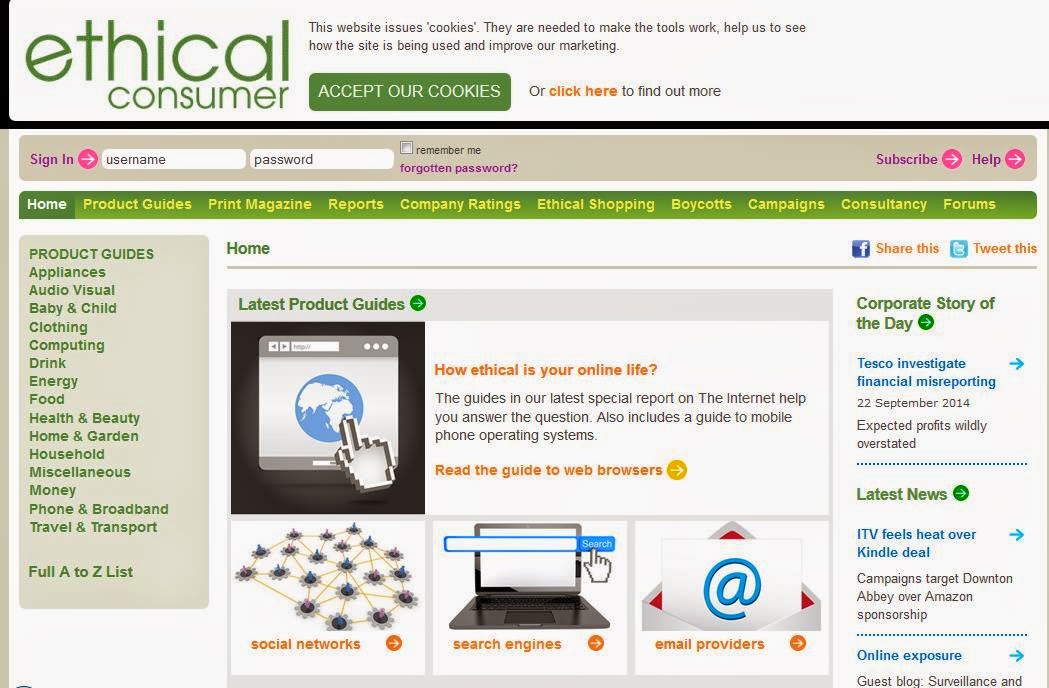Image above: Freedom or Death speech by Emmeline Pankhurst, 1913
Contact Malcolm at malcolm.mcinerney@thebartonsc.sa.edu.au
The address for the Socialsense blog
http://culturalscene.blogspot.com.au/
Think, know, prepare, practice and present
When starting to work on your advocacy speech you must think:
- about what you want to say
- the angle you will take
- what is the nature of your audience.
· choose an issue
· think through how this is a human rights issue
· determine what angle you will be advocating on the issue
· identify who your audience is to be .
The following is a useful planning guide for your speech
Tips for your Human Rights speech worth considering
- Once you are called upon to make your speech, pause for a couple of moments before actually starting your delivery. If you've had to walk up to a platform or over to a rostrum, this gives you time to steady your breath. If you are nervous as a speaker, it gives you time to take a few shallow breaths and calm those nerves. In any event, it gives the audience an opportunity to settle down and focus on you and your message. But the pause should be a few seconds only.
- You should convey a sense of enthusiasm for the subject. This will effect your delivery and how your speech is received.
- Occasionally alter the speed, volume and tone of your delivery. Speaking slower or faster and quieter or louder and being more cheerful or more serious all adds dramatic effect and keeps the attention of your audience.
- Regularly sweep your eyes left-centre-right and back and front-middle-rear and back, so that you engage all members of your audience.
- It is good to use your hands expressively - but do not wave your arms around which will make you look manic.
- Make a dramatic opening which seizes the attention with the very first words. This might be a stirring statement: "This year we are going to make a fundamental transformation of our whole organisation". It might be a challenging question: "How can we turn ourselves into an even more successful society?" Whatever you do, don't ask a question that invites a cynical answer from your audience: "Are we the best country?"
- Have a very clear structure. A good technique is to tell your audience what you are going to say, tell them, and then tell them what you have said. A good structure is for the core message to be three linked points which can be sub-divided as necessary.
- Another possible structure which can work well, if it is appropriate is, to use a narrative or a story. Stories or case studies really engage listeners and give a speech direction and flow.
- Use striking adjectives and adverbs - emotionalising. Not simply: "We face many challenges" but "We face many exciting challenges". Not simply: "We will work on this human rights issue" but "We need to work energetically on this issues".
- Make moderate use of alliteration in phrases or sentences. For example, some phrases: "broadband Britain", "the digital divide", "silver surfers". For example, some sentences: "The ballot is stronger than the bullet" (Abraham Lincoln, 1856) or "Now let us fulfil our mandate and our mission" (Gordon Brown, Labour Party Conference 2002) or "At our best when at our boldest" (Tony Blair, Labour Party Conference 2002).
- Repetition can be very effective. Martin Luther King was the absolute master of judicious repetition. For example: in his Washington speech of 28 August 1963, he used the phrases "I have a dream .." and "Let freedom ring ..." again and again (seven times and eight times respectively). The same technique was used by Barack Obama in his speech following the 2008 New Hampshire primary when he repeatedly used the phrase "Yes we can".
- One way of commanding attention is to use attention-seeking, short sentences. Tony Blair is very fond of "I say this to you" or "Let me be clear".
- KISS (Keep it simple, stupid). Don't try to impress with over-complicated terminology or words.
- If you are intending to use statistics - and some well-chosen figures can add credibility and authority to your arguments - be sure that you understand them, that they are meaningful, and that they are both reliable and up-to-date. Be ready in the question and answer session, or if approached later, to be able to source your statistics and supply the full context. You should mention the source of your stats/information in your speech.
- Make clever use of the pause. If you expect laughter or applause or you would like to create a sense of drama, pause for a couple of seconds, before continuing your speech.
- Finish with a strong, affirmative statement, possibly referring back to the opening sentence or question (note how many film scripts end with a variation of a line from the beginning of the movie).
Further links to look at:
* Overcoming speech making nerves
* http://www.pickthebrain.com/blog/5-ways-to-overcome-nerves-before-giving-a-speech/
* http://www.ljlseminars.com/anxiety.htm





